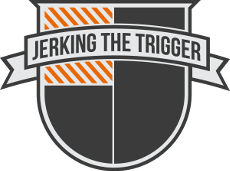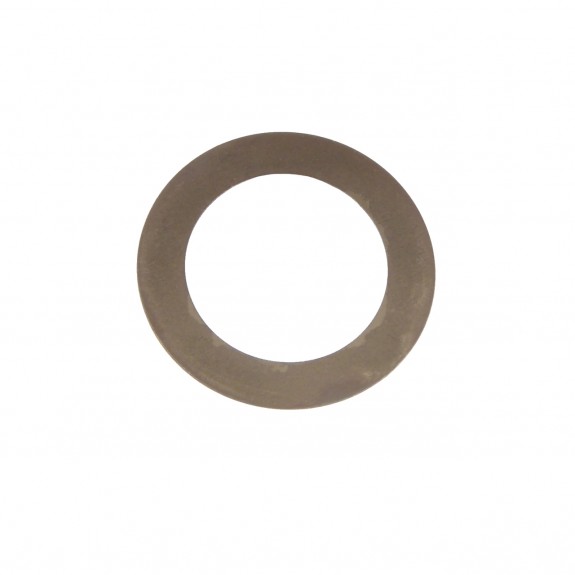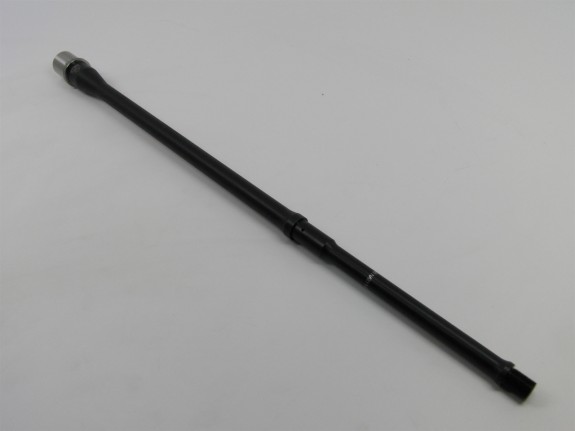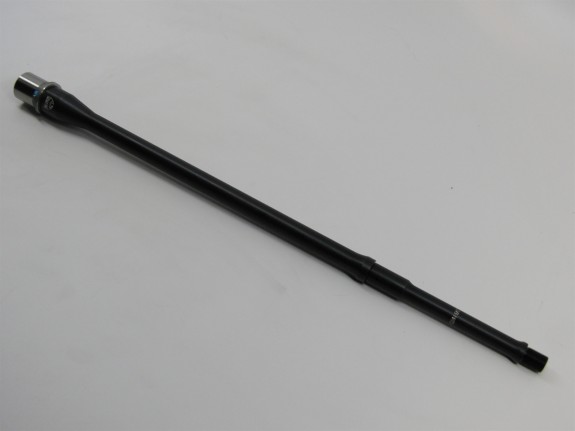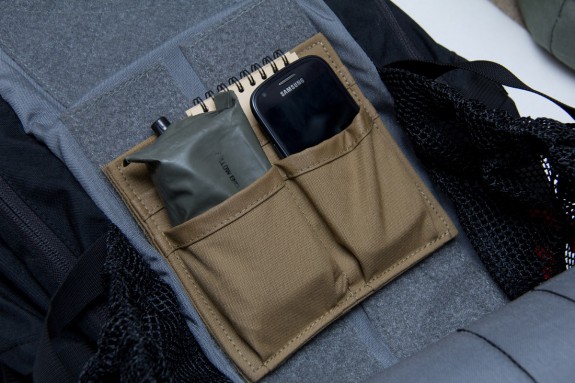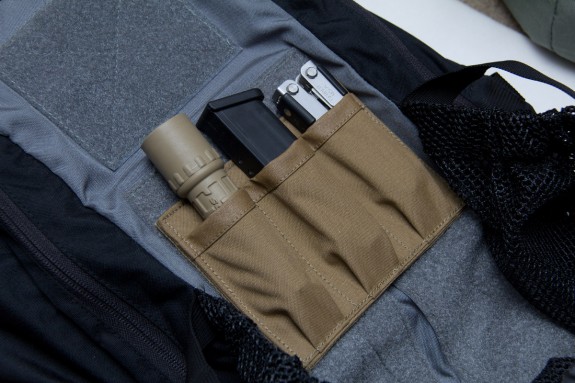It wasn’t long after Aimpoint released their 3X Magnifier that I had one in hand. I basically waited to purchase mine just long enough for LaRue Tactical to come out with their LT755 QD Pivot Mount. Since that time, the magnifier concept has lost some of its cache likely due to the improved low power variable magnification optics that proliferate now and a better understanding of some of the shortcomings that are inherent to RDS magnifiers. Those shortcomings include narrow field of view (which isn’t that bad), significant extra weight, increased distortion of some red dot sights, and a clumsy transition between mounted and unmounted.
There were times in the last several years where I was tempted to sell my magnifier but I could never quite bring myself to do it mostly because, in spite of its flaws, it still does something that no other optic set up can. It offers useable magnification along side true non-magnified performance. As good as 1-4X and 1-6X optics have become, there is still a difference between the 1X setting of these low magnification variables and a quality RDS (see this previous article).
Now that I have literally years behind an RDS and magnifier setup, I have found that there are really three keys to making them work for me. That means there are three keys to mitigating the main drawbacks of the concept and all three are pretty simple.

Choose a Good Mount
The mount is probably the single most important factor in ensuring that you have a good magnifier experience. I dislike mounts that require the magnifier be removed from the rifle in order to use the RDS by itself. I don’t want to have to worry about stowing my magnifier on my gear.
Choose a mount that allows you to quickly move the magnifier out of your field of view while keeping it attached to the rifle or remove it all together. I like the LaRue Tactical LT755 but there are other choices.
Choose the Right RDS
I use Aimpoints almost exclusively on my carbines and as much as I love them, I admit that not all of them work well (for me) in front of a magnifier. I first used the magnifier behind an Aimpoint Comp ML3 with a 2 MOA dot reasoning that the finer aiming point would be beneficial and it worked well for me but I saw some distortion of the red dot. I later tried it behind several Aimpoint Micros and Comp M4s but found that the dot turned into a series of star bursts or several dots swimming around each other when magnified. This may not happen for all users but it happened for me.
It turns out that the best combination that I have found so far is a Comp ML3 with the 4MOA dot. For whatever reason, I see Aimpoint’s 4 MOA dots much more clearly. This combination gives me a razor sharp aiming point and makes hits out to 300 yards very easy which is really all I can ask from this set up.
Whichever RDS you prefer, spend some time figuring out what works best in front of the magnifier.
Shed Weight from the Front of Your Carbine
Using an RDS and magnifier set up means having two optics and two mounts on your rifle. The capability that this setup offers comes at a fairly steep cost in weight. The best way I have found to mitigate this is the shed weight from your carbine, concentrating specifically on the front end.
The weight of the magnifier sits toward the rear of the receiver. You can really counteract the heavy overall feeling that this lends a carbine by reducing weight at the front. Choose a lighter barrel profile and a lighter hand guard. I think that in order to get the most out of a RDS and magnifier setup, you really need to build the carbine with this setup in mind.
You don’t have to go crazy. A lighter medium profile or pencil barrel and lightweight extended hand guard will make a big difference in how your carbine feels. It will also greatly reduce the overall weight. You should be able to build a carbine that weighs around 7-7.5 pounds (and feels lighter because of where the weight is) without much trouble at all.
If you have a magnifier and are thinking of giving up on it, gives these three tips a try before you boot it to the curb. If you are thinking of trying a magnifier, make sure to set yourself up for success. There really is a strong upside to this set up but it takes a little fore thought to get the most out of it.
